SOME SPECIAL EVENTS IN PORT GERMEIN
ROBBERY UNDER ARMS, 1957
MORE ABOUT PT GERMEIN
|
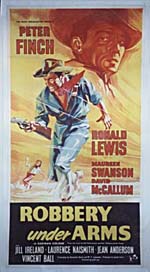 Robbery Under Arms is an Australian novel by
Rolf Boldrewood (Thomas Alexander Browne).
Robbery Under Arms is an Australian novel by
Rolf Boldrewood (Thomas Alexander Browne). 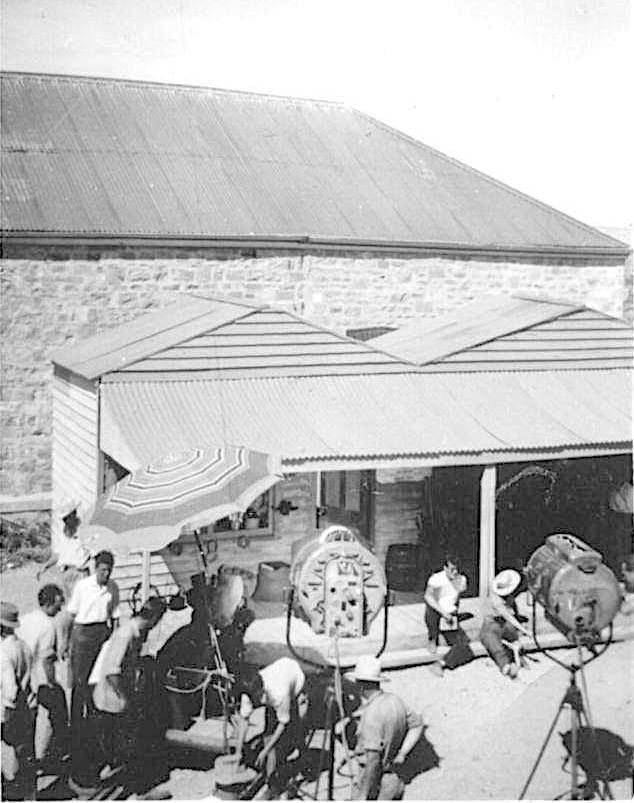 It was published in
serial form by the Sydney Mail between July 1882 and August 1883, then as 3 volumes and finally as a single volume in 1889.
It was published in
serial form by the Sydney Mail between July 1882 and August 1883, then as 3 volumes and finally as a single volume in 1889.
In February, 1957, a small part of the movie of this book was filmed in Port Germein. Our pub was used, particularly the verandah and balcony above and across the street at the side of Prests' shop, opposite the pub, they erected a flat scene of shops, more than we had in Port Germein.
Apparently Port Germein was chosen because at that time we did not have electricity and therefore there was no problem with electrical wires and many of the roads were still dirt rather than being bituminised. I can remember walking behind the flat shops and looking at the wooden frame work. It was all very exciting for a short time. We weren't particularly interested in the actors, probably because we didn't realise that they were big stars like Peter Finch as Captain Starlight and David McCallum and Jill Ireland. The photo at right was taken from the hotel balcony facing Prests shop on the side street, courtesy Robert Shaw.
BACK TO PORT GERMEIN AND BAROOTA SCHOOLS CELEBRATIONS 1961
In April, 1961, a Back to Port Germein and Baroota Schools celebration was held, beginning Saturday, 22nd April with the official
opening at Port Germein Primary School. For the occasion Mrs. Joyce Webb
prepared the "Historical Souvenir of Port Germein and District, 1936-1961," based on the original "Historical Souvenir, Port Germein and
District 1936" booklet prepared by Principal Roy Parkes,
staff and scholars at Port Germein Primary School "assisted by many old residents of the district." Roy Parkes was participating
in a fabulous Education Department project called Village Survey being carried out by many SA schools at the time.
My thanks to Merilyn Wright nee Webb for her mother's copy of the original Historical Souvenir and to Mrs Webb for her devotion to collecting and recording
the history of Port Germein.
Historical Souvenir of Port Germein and District 1936-1961, pdf version
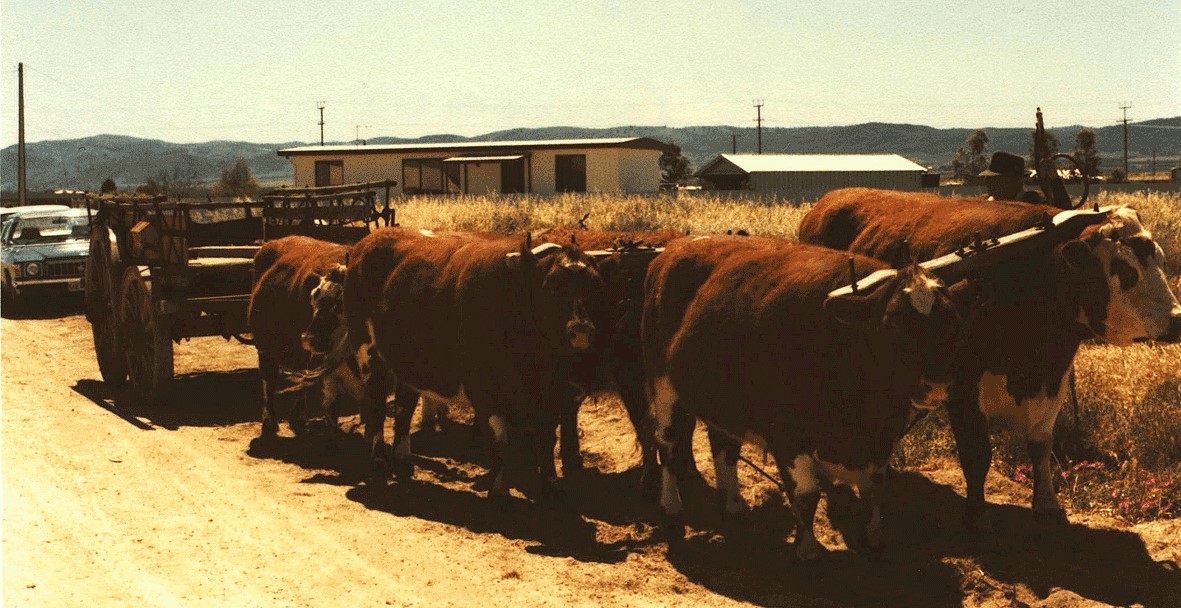 PORT GERMEIN CENTENARY, OCTOBER 7 & 8, 1978
PORT GERMEIN CENTENARY, OCTOBER 7 & 8, 1978
On October 7 and 8th in 1978, Port Germein and districts celebrated their 100th year. Events included a period costume
ball with centenary cake and judging of a beard competition, a procession and a roll call for past students.
In the procession were old cars, farm vehicles, Clydesdale horses, a bullock wagon, school children and many colourful floats prepared by local organisations.
During a luncheon, a Centenary book called "Please Sir, Let's Do History," compiled by Rita Purvis, was launched by Mr. Reg Spriggs,
geographer and manager of Arkoroola tourist resort, and a descendant of Captain John Germein.
A commemorative plaque recognising the discovery of Germein Bay by Captain John Germein was unveiled by his GGG grandson, John T. Germein.
It was placed with the plough and anchor donated to the centenary on the median strip in the main street of town.
Over 5000 people attended the celebrations, including many from interstate
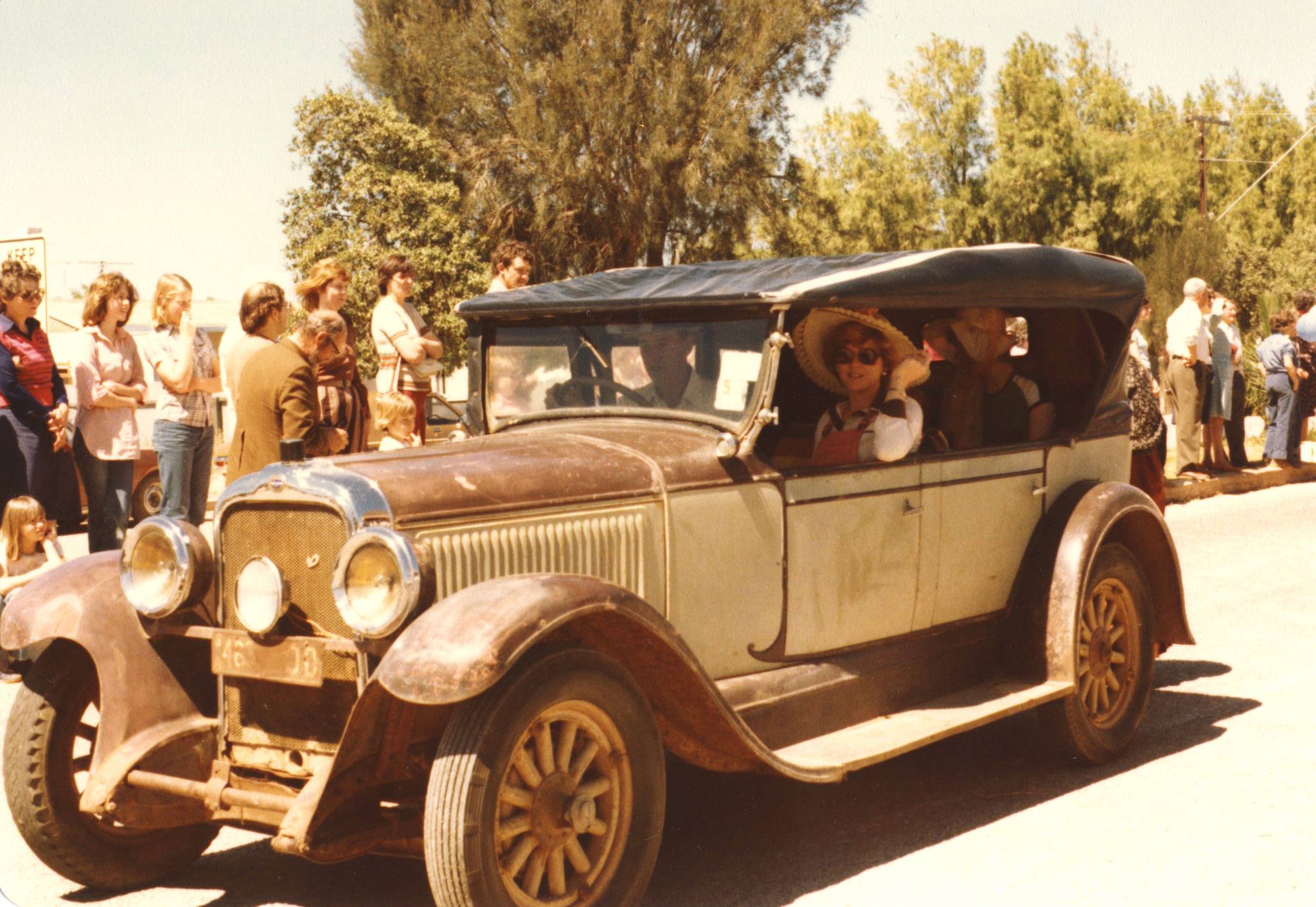
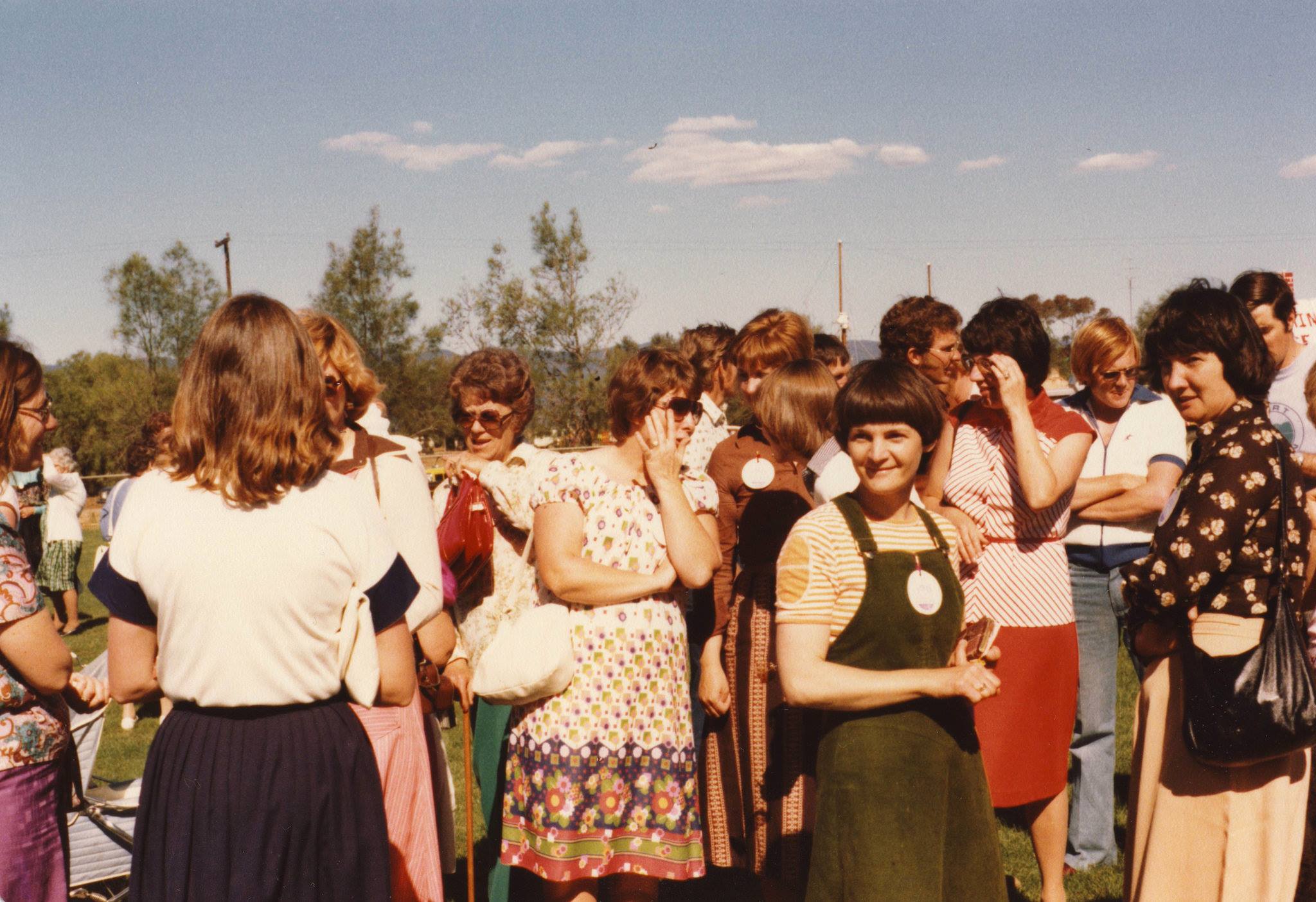
A THOUSAND SKIES, 1985
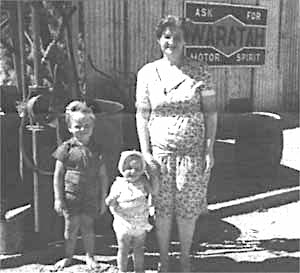 Partly filmed in Port Germein,
A Thousand Skies was a mini series first screened in Australia in 1985.
Norma Baker recalls, "Our beach cafe was used in the series and so we were in the midst of it all, a great experience,
with the highlight of being picked for extras."
Partly filmed in Port Germein,
A Thousand Skies was a mini series first screened in Australia in 1985.
Norma Baker recalls, "Our beach cafe was used in the series and so we were in the midst of it all, a great experience,
with the highlight of being picked for extras."
Norma's sister and her children, her brother-in-law and his parents were also extras.
All the clothes, shoes and hats were provided and hair and makeup was done for them. The side of the railway shed on the beach was
painted with the sign "Broome Pearling Coy Shop 2" and remains to this day, but the beach cafe was not allowed to keep the hotel
sign 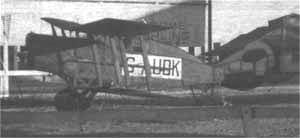 that they had in the series. In his book, Hotels and Publicans in South Australia 1836-March 1993 JL Hoad mentions reports of
a Continental Hotel at Port Germein but explains that it was actually a sign placed on the old Pier Hotel for a movie.
that they had in the series. In his book, Hotels and Publicans in South Australia 1836-March 1993 JL Hoad mentions reports of
a Continental Hotel at Port Germein but explains that it was actually a sign placed on the old Pier Hotel for a movie.
Chinese General Store and Saddler Shop facades were erected across the front of the foreshore toilet block, a motor garage shell was put up next to the hotel, sand was spread on some roads and horses were brought in.
After the filming, some enthusiastic townspeople moved and reconstructed the buildings to meet council approval, to a block of land
opposite the hotel in the main street, 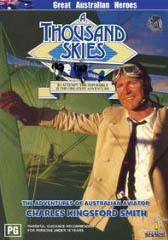 the site of a blacksmith in the 1880s, to form the Port Germein Village Project.
the site of a blacksmith in the 1880s, to form the Port Germein Village Project.
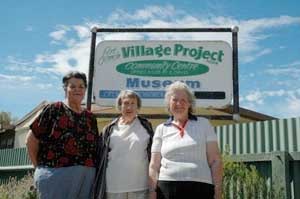 The project was started in July 1985 and was largely completed by February 16th, 1986 for the visit of the Falie to
Port Germein in honour of the Grain Trade Re-enactment. The Village Project became a local museum and was also where the popular
monthly village roasts were held. Historical items have now been moved from the Village buildings as they deteriorated.
The project was started in July 1985 and was largely completed by February 16th, 1986 for the visit of the Falie to
Port Germein in honour of the Grain Trade Re-enactment. The Village Project became a local museum and was also where the popular
monthly village roasts were held. Historical items have now been moved from the Village buildings as they deteriorated.
GRAIN TRADE RE-ENACTMENT, 1986
From a page in the Grain Trade Re-enactment Order of Service brochure, 1986, kindly supplied by Norma Baker.
The re-enactment included a church service.
When grain was first shipped from Pt. Germein it was taken out by wagon at low tide and stacked on a platform. At high tide,
a flat bottomed barge came in and transferred the grain to a ship anchored in the channel. We are told it was not uncommon to see
12 to 14 sailing ships at anchor. Incoming goods were brought into the platform and carried in by wagons. Although no one is
living who saw this procedure, some remember the remains of the platform.
A fresh water soak was found on the beach. Town stock used to water at it.
In 1880, the Hon John Darling convened a meeting for residents interested in building a jetty. Mr. J. Wishart was employed at the contract price of 12,000 pounds. The work began at both ends. It was opened for traffic on July 17th, 1881 and in March 1882, was handed over to the Marine Board. It was decided to extend the jetty 400 feet by 30 feet wide. Mr. Wishart completed this by 30th March, 1883 for a price of 5000 pounds. The total length was 5,459 feet.
Until 1884, all wheat was credited to Pt. Pirie but in November 1884, Pt. Germein was declared a port.
The first trucks were hauled by horses. In September 1884, a steam engine was purchased.
Mr. Lachlan McPhee senior was engine driver. His son, Lachlan junior, took over from him and drove it until the finish of shipping grain. A Mr. Garlic and Hector McPhee were firemen on
the engine. Mr. Malcolm McPhee, son of Lachlan Junior, unveiled the 150 Jubilee plaque on 16-2-1986.
The picture at right shows "The Kitson," a steam engine used on the jetty.
The first ship to berth at the jetty was the 450 ton Frey. There were three berths which were dredged to 20 feet low water and 17 feet to the channel.
New Year's Day 1924 caused much excitement as Kobenhavn berthed. This five master was one of the largest ships in the world at 393 feet long, and able to load 58,000 bags. There were 36 cadets on board. The ship had one hundred sails including spares and when fully rigged used 40 sails. It had a 640 h.p. diesel engine to save time when winds were in reverse. There was a very modern saloon including gramophone, piano and radiator.
This was the first ship on which Mr. Arnold Miller of Port Germein worked as a ship tally clerk. The agent loading the wheat was Dreyfuss, one of 3 wheat agents in High Street- S.A. Farmers Union, Dreyfuss and John Darling.
To load the rail trucks, planks were put across the street on trestles from the stacks and wheeled on sack trucks. Men were employed as lumpers to unload wagons and build the wheat stacks. When the bags arrived at the ships, slings were used or, at low tide, they would slide the bags down a plank. Mr. Arnold Miller worked with wheat and became a wheat agent, the first to purchase a bag elevator.
PORT GERMEIN GORGE
In about 1879 a group of men became desperate to get access through the Flinders Ranges to Pt. Germein.
They were led by Mr. Sam Miller (b. 1822 Launceston, Tas d.16-6-1908, Port Germein) to Back Creek where they found the only difficult section,
and a suitable road was opened for traffic in 1880.
Wheat was carted by bullock and horse teams. The road being narrow, they would congregate at Bangor Hotel. One day the teams would go down and the next they would return, often loaded with bricks that were made by Mr. Stephen Golding.
In 1936 the road was sealed and motor trucks were used for carting. In 1958, 96000 bags were carted to Pt. Germein. After the shipping ceased, wheat was railed to Pt. Pirie. Sometime in the 1960s all bulk wheat went to Pt. Pirie. Mr. Arn Miller was the last agent and Mr. Norm Ryan the last wheat lumper. Mr. Miller took part in the 150 Jubilee celebrations for the Grain Trade Re-enactment at Pt. Germein.
CAVALCADE OF HISTORIC CHURCH SITES 1988

This booklet was printed to commemorate the establishment of churches in what was known as the Port Germein Circuit.
On the 28th August, 1988, parishioners participated in a service at Port Germein before visiting the sites of various
historic churches in the district.
The following booklet was printed to commemorate the establishment of churches in what was known as the Port Germein Circuit
and was prepared by Mrs Joyce Webb, assisted by Tanya Webb, Laurie and Beryl Mudge, Ray and Kath Hobart, Mrs E. Spencer,
Mr J. Hillam, Mr O. Broadbear and Ms Joy Martin.
Page created 22-2-2009 by L. Nordestgaard, Updated 9-7-2020.
Tile picture of Port Germein Church, painted by Les Henderson, and pdf file from History of Port Germein Facebook page.